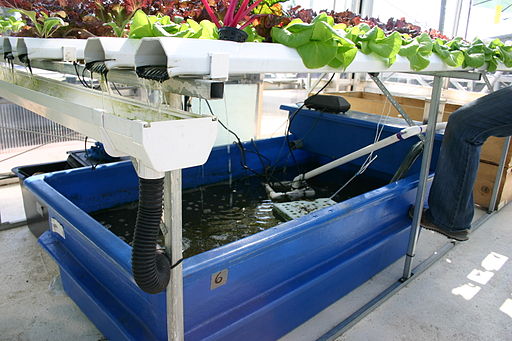Proper Grain Storage Techniques

We’ve had many people ask us what they need in order to store wheat for long periods of time. There are so many options when it comes to the long term storage of wheat – how can you know what you really need and what is a waste of money? The good news is that wheat itself is built to keep for a very long time!
As long as wheat is kept in the seed form (whole berries), it will keep edible and delicious for years, if not decades. There are even stories of wheat found in a tomb in Egypt which sprouted! If the wheat from your storage will sprout, it’s absolutely still good to eat.
Wheat berries will keep for so long due to the interior structure of the seed. Inside, the germ and endosperm are kept separate and totally enclosed from air by the bran. Oils and vitamins are kept away from oxygen. Once exposed to this oxygen, these nutrients begin to degrade quickly – fresh ground flour will go rancid in within 72 hours as these oils are exposed. That’s why store-bought flour must have most of the nutrition stripped out and added back to the flour in a stable form.
The wheat berry, however, has none of these problems. As long as the wheat is whole, you’ll only need to concentrate on the combination of keeping the wheat fresh (under 40% relative humidity and under 60 degrees) and creating an environment that is unfavorable to pests such as insects and rodents. Although wheat can be stored above these levels, the storage life is greatly reduced.
In order to determine what you’ll need, you need to identify the location where it will be stored. Ideally, the location will be free of rodents and consistent in temperature and humidity. Bugs enjoy relative humidity of 40% to 80%, but can’t reproduce below 40%. They also can’t make it above temperatures of 105 degrees; your wheat won’t like that temperature though. However, below 70 degrees, bugs also can’t reproduce, and most won’t live below 50 degrees.
So, the best conditions exist below 60 degrees and relative humidity 40% or below. If you can find these conditions in your home right now, wheat can be stored in bags or plastic buckets with tight fitting lids. Buckets will discourage rodents from sharing in your bountiful produce, but if these are not an issue, tightly sealed bags will suffice (our grain is sold in such bags) as long as they are kept off bare cement – this can wick moisture into bags fairly quickly.
Here in Colorado, these conditions are not hard at all to find. An unheated basement is great, since our humidity rarely makes it anywhere near 40%! However, if the conditions in your storage area (whether that’s in a garage or under a bed!) will dictate the kind of packaging you will need.
For humid conditions or grain that has not been dried sufficiently, a drying agent is necessary. Oxygen absorbers are great for this, or a treatment of dry ice. Simply fill a bucket with 3-4 inches of grain, add a layer of dry ice and fill the bucket with the remaining grain. Top the bucket with the lid, but do not seal it. After 15 minutes, the ice will have evaporated and the bucket may be sealed and stored. Oxygen absorbers may keep wheat from sprouting in the future, but will keep the wheat edible for many years.
Between conditions in your home and the correct storage containers and treatments, your wheat can be kept fresh for your family for many years, ensuring a stable food supply in any crisis.
The Author:
Jules Paton has been storing and using her own grain for more than a decade. When it’s time to bake the bread, she prefers her Nutrimill Grain Mill.
Photo. Vugar Ahmadov








